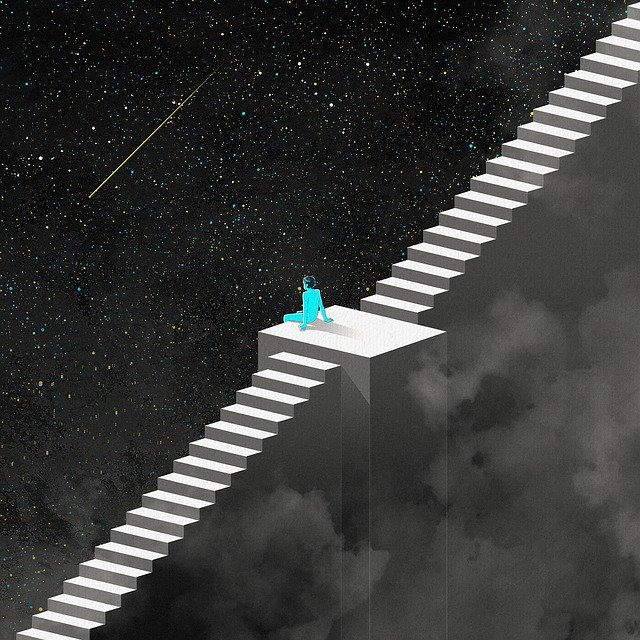For about two hours, a bubble of extremely hot electrons whirled around the Milky Way’s supermassive black hole at 30 per cent of the speed of light, and then it was destroyed
Diagram of the orbit of a bubble of electrons around the Milky Way’s black hole
EHT Collaboration, ESO/M. Kornmesser
Astronomers have found what appears to be a bubble of hot electrons circling Sagittarius A*, the supermassive black hole at the centre of the Milky Way, at extraordinary speeds. This strange bubble could help us learn about how black holes devour the material around them.
Maciek Wielgus at the Max Planck Institute for Radio Astronomy in Germany and his colleagues used the Atacama Large Millimeter/submillimeter Array (ALMA) in Chile to observe the area surrounding Sagittarius A* as the black hole was emitting a huge flare of X-rays. Minutes after the flare, they saw an enormous “hot spot” of radiation, most likely made up of electrons heated to billions of degrees, circling the black hole on an orbit about the distance that Mercury’s sits from the sun.
Mercury takes 88 days to orbit the sun, whereas it only took this bubble about 70 minutes to make a loop around Sagittarius A*, meaning that it was travelling at about 30 per cent the speed of light. The researchers were only able to see it for two orbits before it faded from view, either destroyed or no longer emitting light in wavelengths ALMA can see.
Advertisement
“The bubble cannot be too small, because a small bubble would not disappear that quickly,” says Wielgus. A small bubble would experience less shear force as it travelled around the black hole, so it would live longer. “It’s a huge bubble, it’s not a tiny little guy.”
From observations of just two orbits, the researchers managed to determine that the magnetic fields affecting the bubble seem to be aligned as we would expect them to be based on a model of black holes called the magnetically arrested disc model. “It tells us that maybe our models of these systems really have something to do with reality,” says Wielgus.
The orbit of the bubble also implied that the material immediately surrounding the black hole circles it on a path perpendicular to the disc of the galaxy, which means that from Earth we are seeing it from face-on despite being located in the disc, which has been hinted at by previous observations as well. “We are in the galactic plane, so it seems like we should be seeing it edge-on, but it is what it is,” he says. “It’s weird.”
Studying this area in more detail could help us learn more about how black holes swallow up matter and why they spew out massive flares, but we will have to do that research from afar.
“The view from this bubble would be a sort of magical kaleidoscope – you’d look in one direction and see something from a totally different direction because of the light bending in the black hole’s gravity – but you would have to be very resilient to survive the many billions of degrees,” says Wielgus. “If you magically materialised inside this bubble you would disappear just as quickly.”
Journal reference: Astronomy & Astrophysics, DOI: 10.1051/0004-6361/202244493
Sign up to our free Launchpad newsletter for a voyage across the galaxy and beyond, every Friday
More on these topics:

